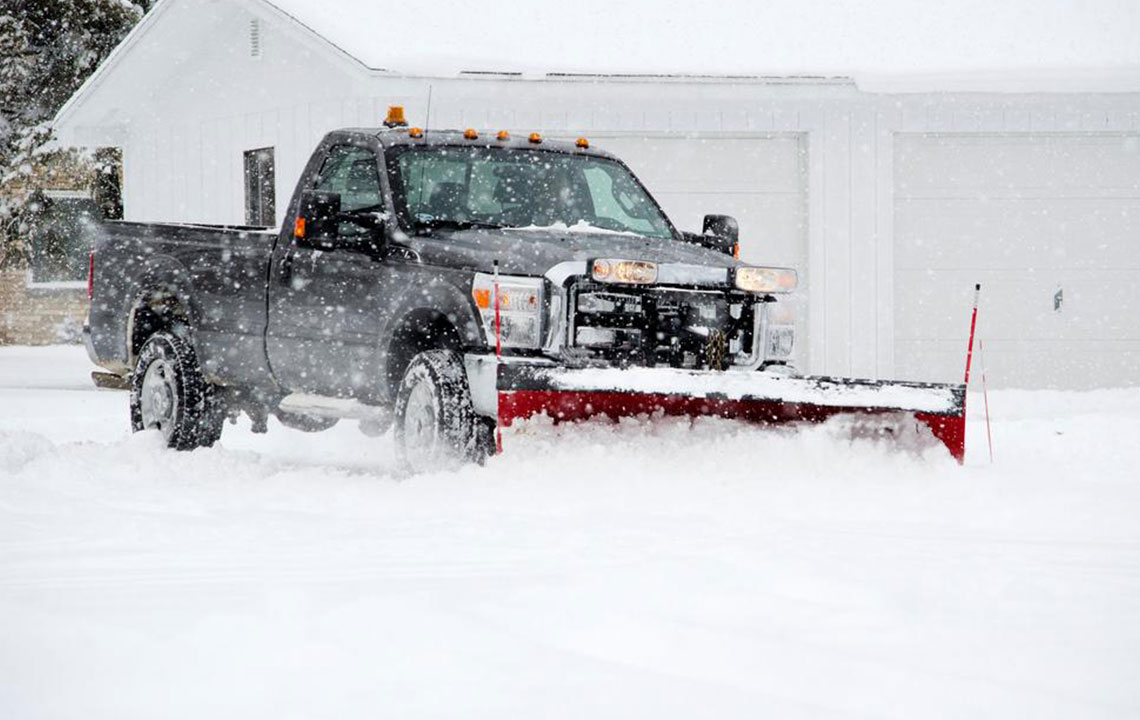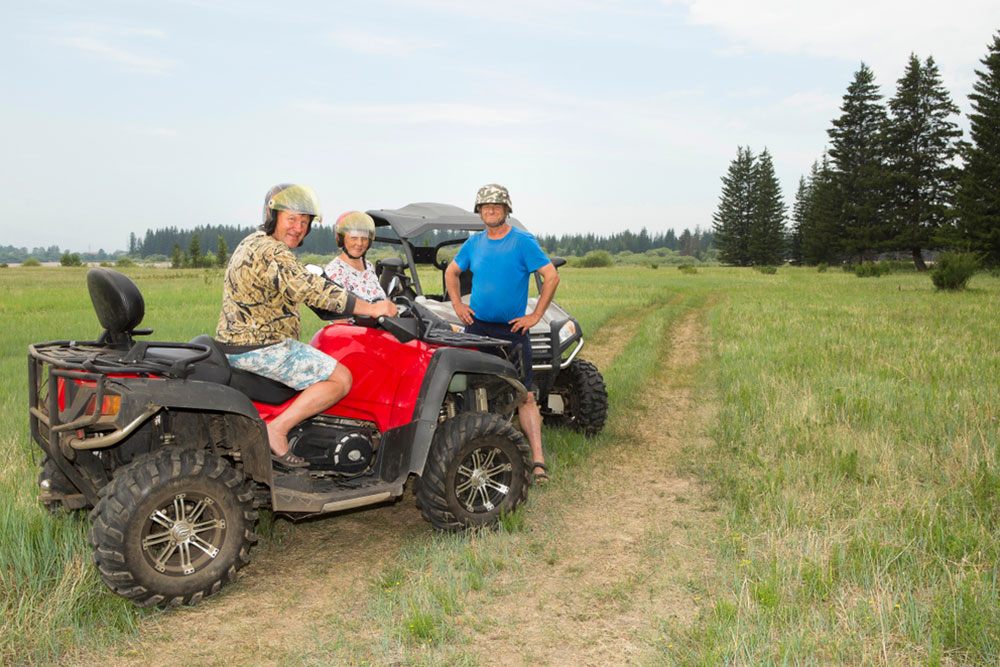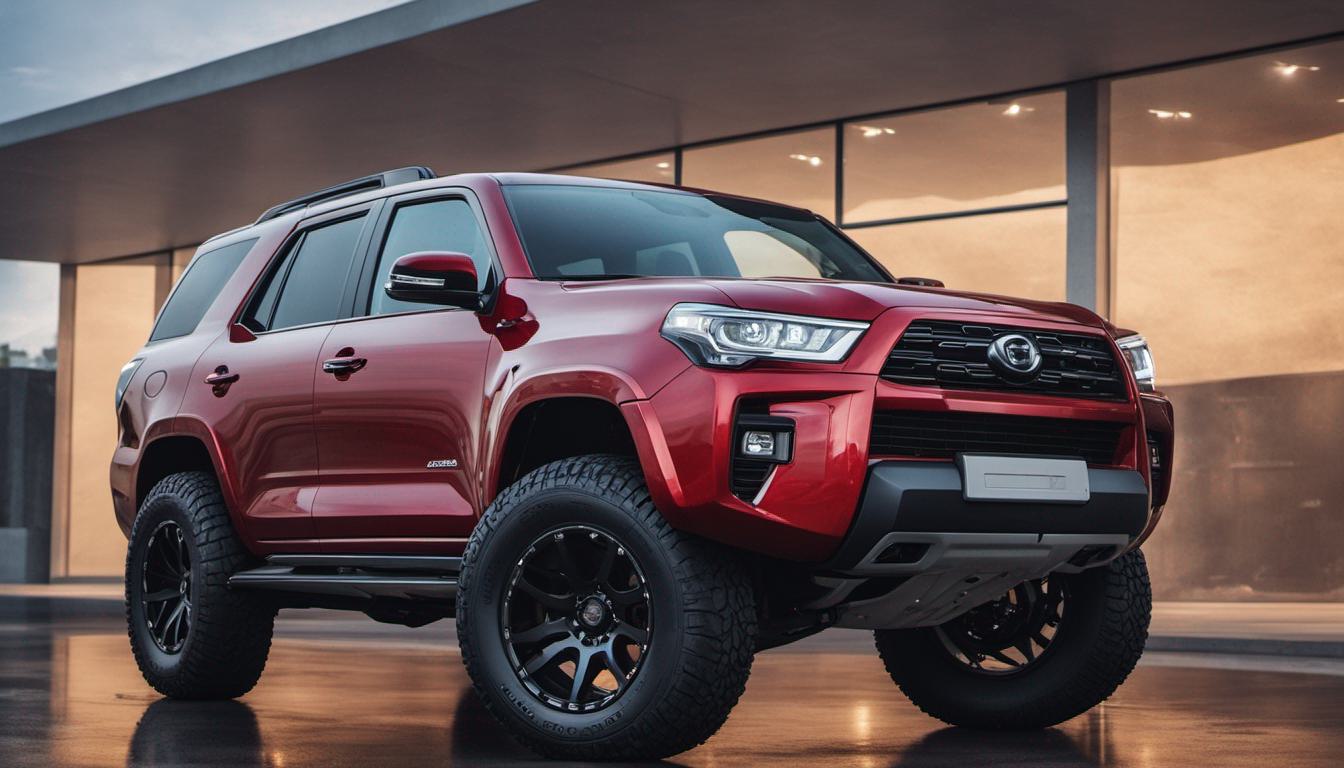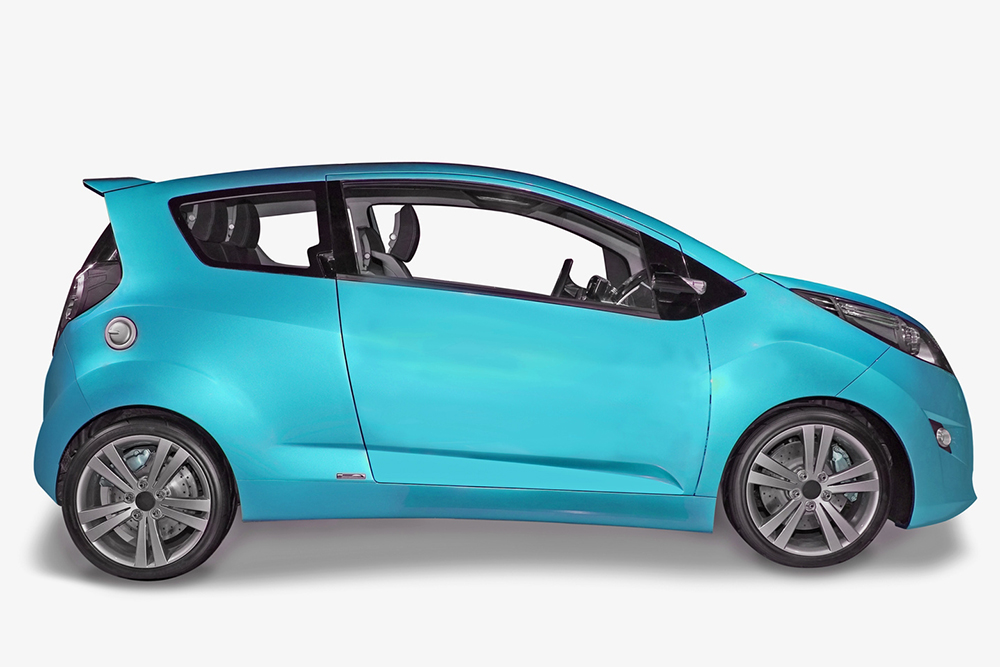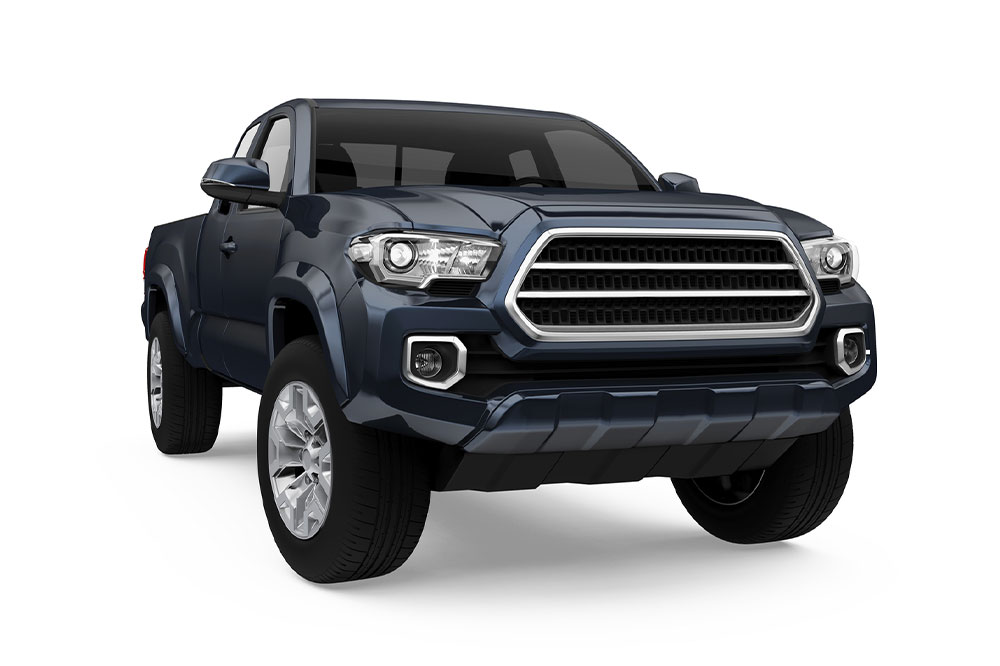ATVs vs. UTVs: Key Differences and Uses
Discover the key differences between ATVs and UTVs, including design, functionality, and best uses. Learn how UTVs are built for rugged terrains, hauling, and winter tasks, making them valuable tools for various industries and outdoor adventures. This comprehensive guide helps buyers understand which vehicle suits their needs better.

Understanding the Distinction Between ATVs and UTVs
Many people often compare ATVs and UTVs based on performance and utility, viewing them as similar types of vehicles. However, despite sharing some purpose, they differ significantly in design and function, leading to common misunderstandings. This article clarifies these differences by highlighting the unique features of each vehicle.
UTVs, also known as side-by-sides, are larger and more robust than ATVs, which you can notice when parked side by side. Their design is tailored for heavy-duty work, including hauling and traversing tough terrains.
UTVs feature specialized traits aligned with their rugged purpose. Designed to clear debris, handle mud, and navigate water, they allow drivers to maintain speed even on challenging trails. Additionally, their cargo racks are perfect for securing tools and equipment. One notable advantage is their towing capacity, enabling transportation of heavy loads to inaccessible areas.
Though typically more expensive than ATVs, UTVs are a smart investment for those needing specialized utility. Their versatility shines in tasks that other vehicles cannot perform, making them popular choices for industries like agriculture, construction, and outdoor recreation. Many models are customizable, with accessories that enhance functionality. During winter, especially in snowy regions, UTVs become essential for mobility and rescue operations, proving useful beyond just snowy seasons.



